- Free shipping available on orders over £100 (UK) £250 (EU) and $300 rest of the world
WOW498 Piaggio P.108 Bomber
£1,400.00
Out of stock
Description
Description
The Piaggio P.108 bomber was an Italian four-engine heavy bomber that saw service with the Italian Air Force during WW2. The prototype first flew on 24 November 1939 and it entered service in 1941. It was one of a handful of Italian combat aircraft that could match the best bombers being manufactured by the Allies. Four versions of the P.108 were designed, but only one, the P.108B bomber, was produced in any quantity before the armistice. The other variants included the P.108A anti-ship aircraft with a 102 mm (4 in) gun, the P.108C, an airlianer with an extended wingspan and re-modelled fuselage capable of carrying 32 passengers, and the P.108T transport version designed specifically for military use. Only one P.108A and 24 P.108Bs were built. The combined total number of all versions (and prototypes) was at least 39, almost certainly more than 44. Most of the P.108Cs were subsequently modified for use as transport aircraft and could accommodate up to sixty passengers. Nine P.108 Ts were used by Luftwaffe transport units until the end of the war.
The defensive armament of the first P.108 series consisted of eight Breda SAFAT machine guns. One Breda “O” 12.7 mm (.5 in) with 450 rounds was fitted in the nose, and a Breda “G9” 12.7 mm (.5 in) in a retractable ventral turret, with 400-450 rounds per gun. In addition to these two fully hydraulically powered turrets, there were two 7.7 mm (.303 in) guns in the flanks, with 500 rounds per gun. The wing armament consisted of two remote-controlled, hydraulically powered Breda “Z” turrets with 600 rounds per gun in the outer-engine wing nacelles, linked to one of the two cupolas in the fuselage “hump”, with an operator in each. The wing turrets represented the most innovative aspect of the P.108’s technology.
The P.108 had a large bomb bay which was capable of carrying 3,500 kg (7,700 lbs) of bombs.
Depending on the target – these were uploaded either as:
- 7 × 250 or 500 kg (550 or 1,100 lb) bombs.
- 34 × 100 kg/220 lb (true weight: 129 kg/284 lb).
- 38 × 50 kg/110 lb (true weight: 69 kg/152 lb) bombs.
The bomb bay was located centrally in the fuselage, and divided longitudinally into three sections which prevented it from carrying heavier bombs like the 800 kg (1,800 lb) types. This was a considerable limitation, whereas the SM.82 was capable of accommodating larger loads (being able to be used both in transport and the bomber role). However in the torpedo-bomber configuration, three torpedoes could be carried under the belly and the wings which easily surpassed most other bombers of the period.
Reviews (0)

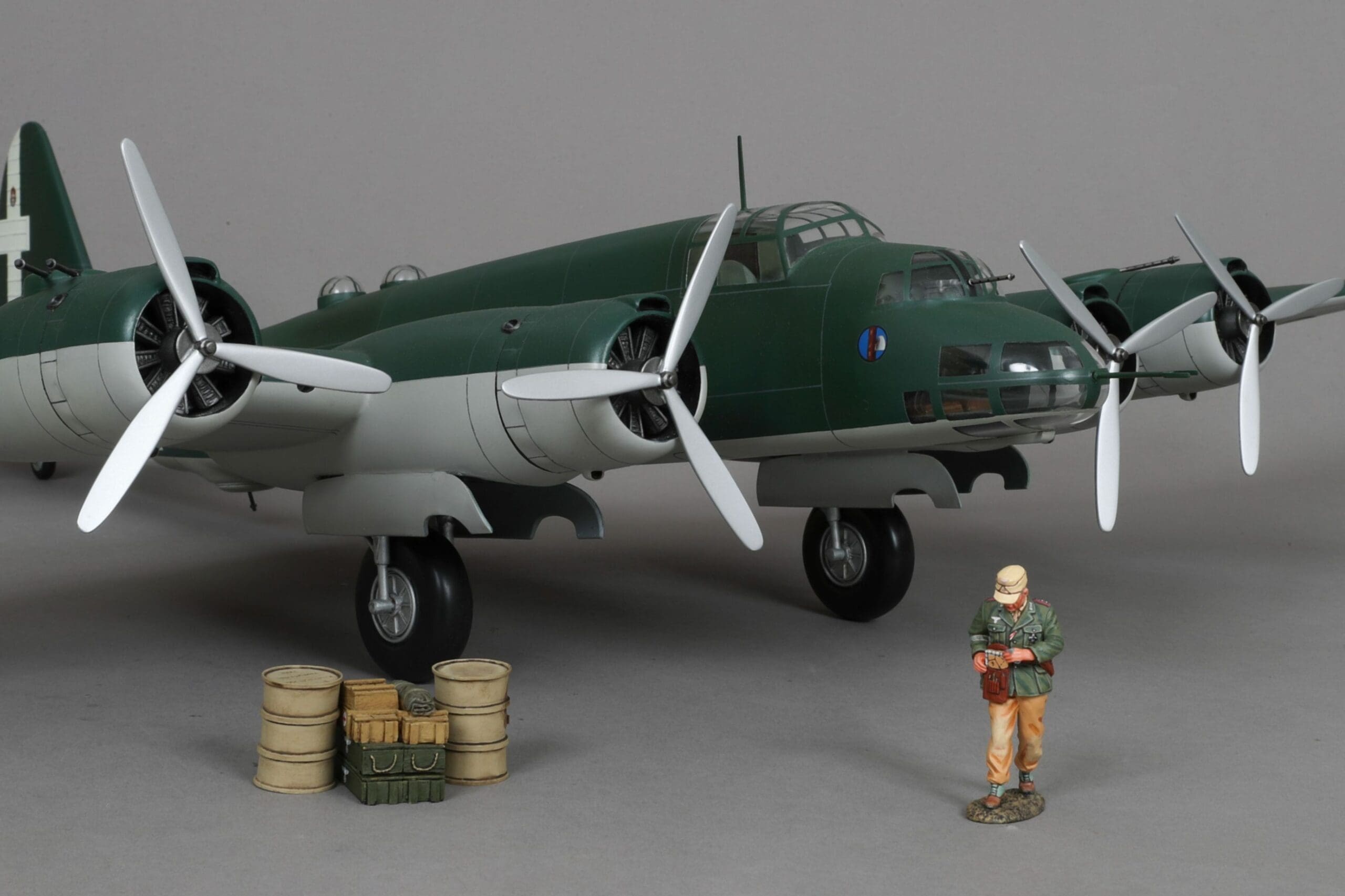
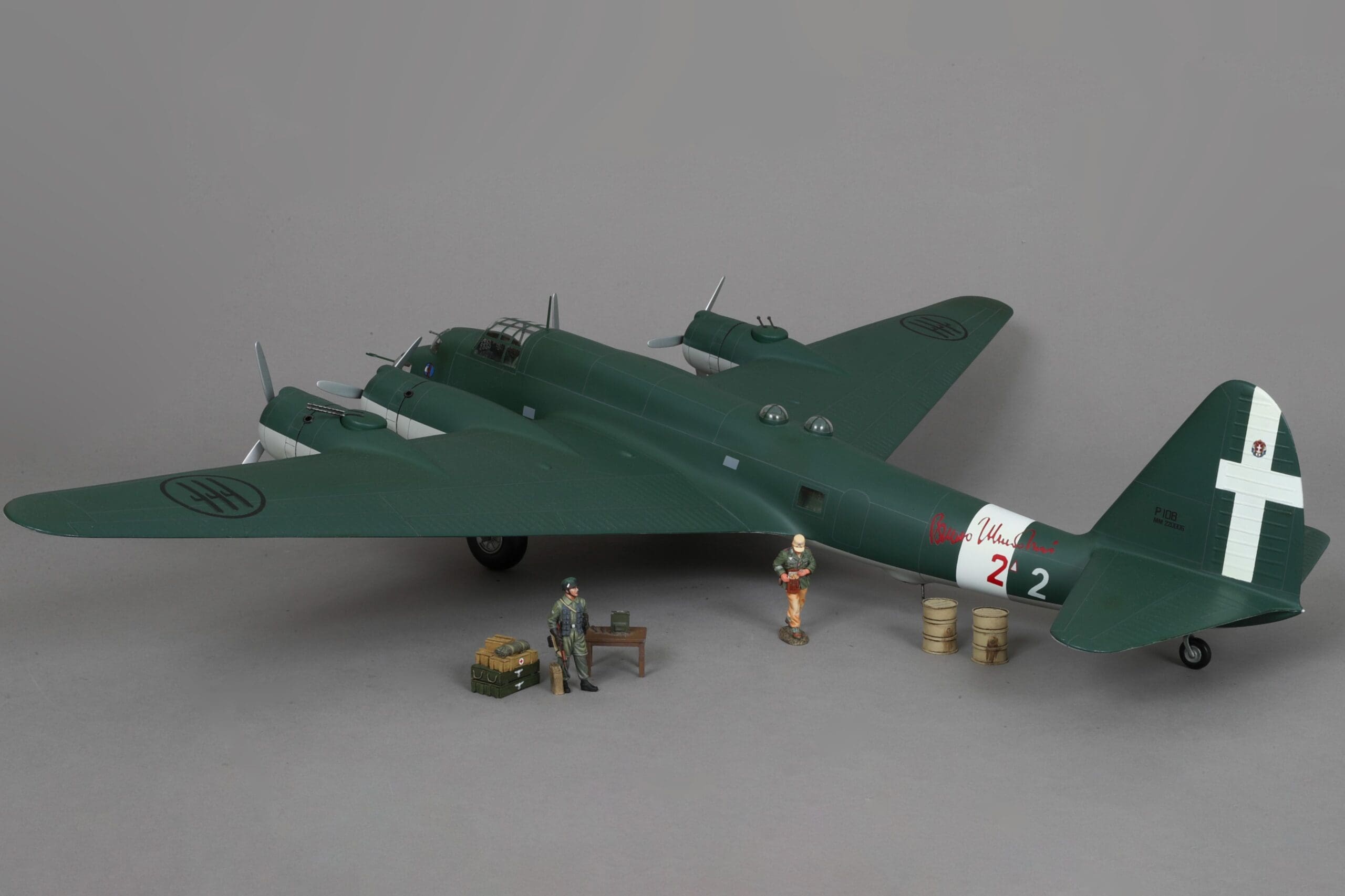
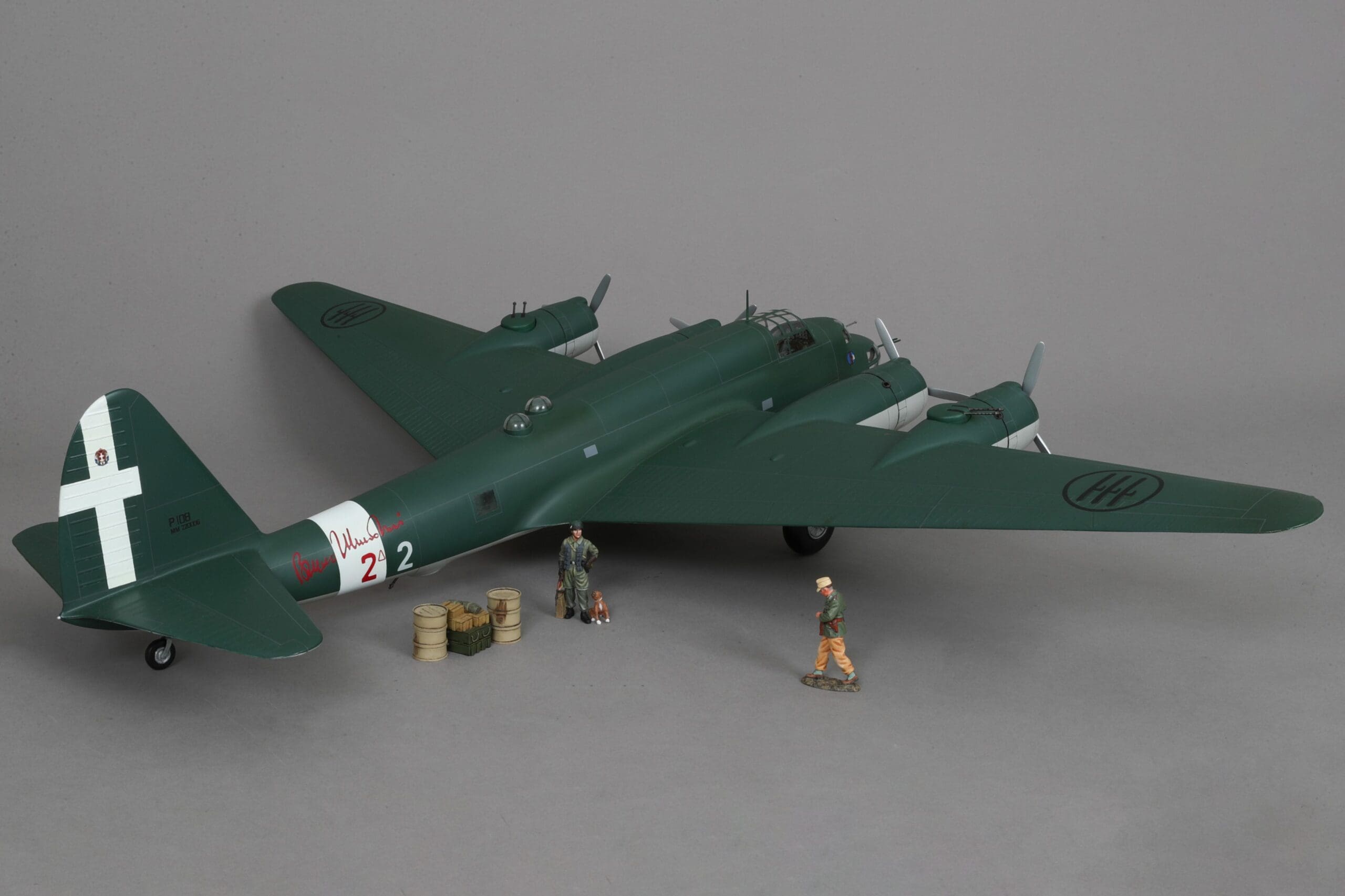
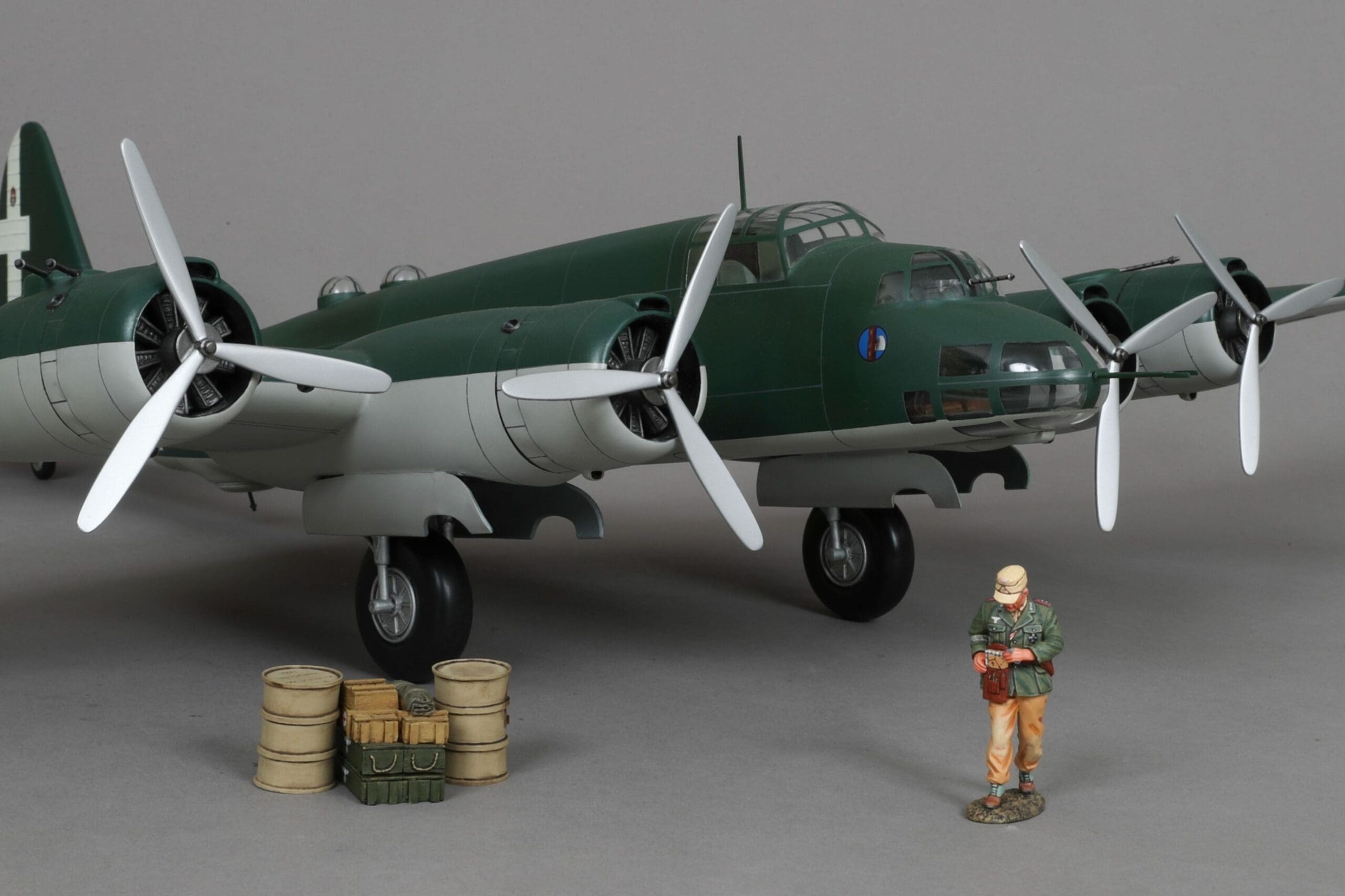
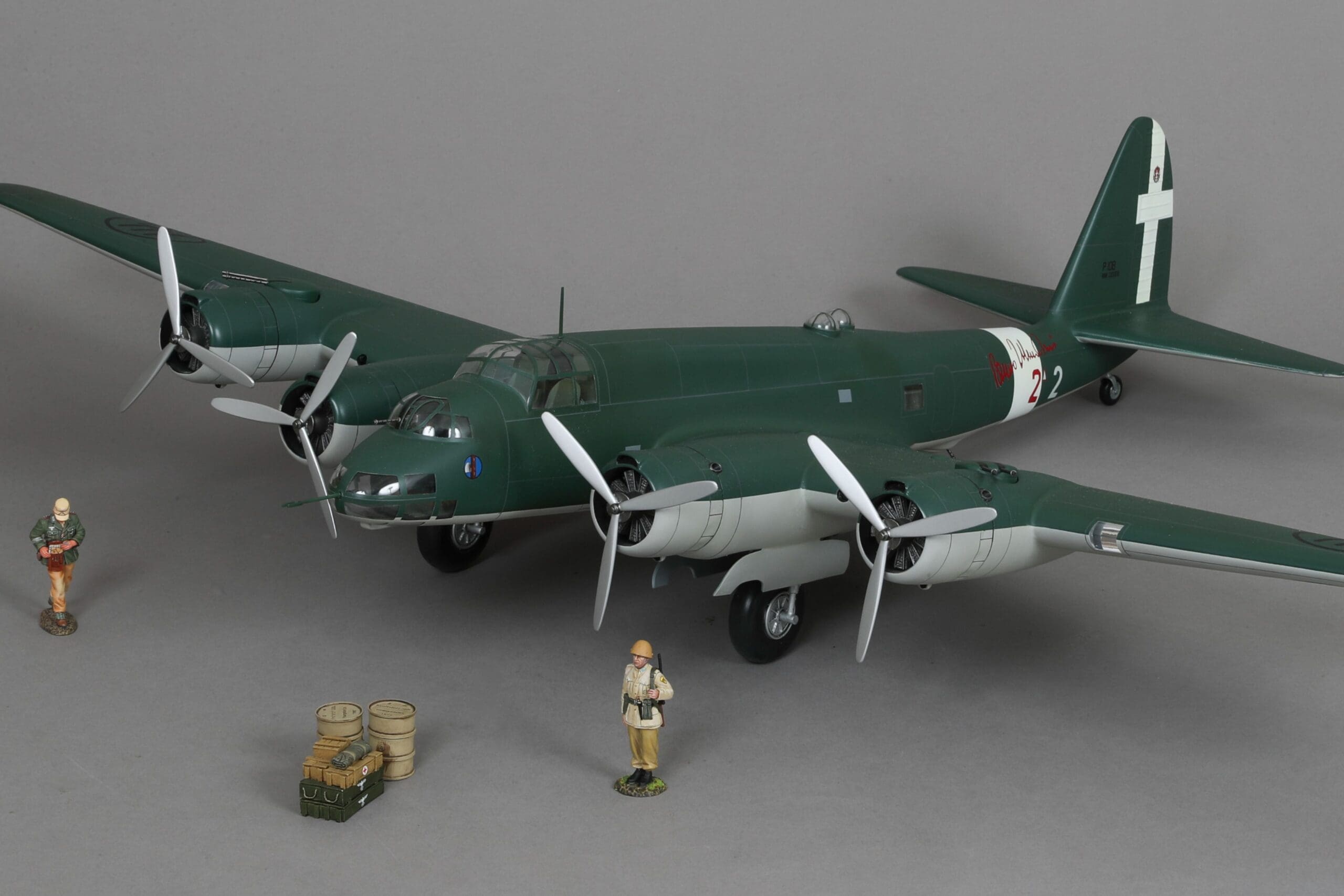
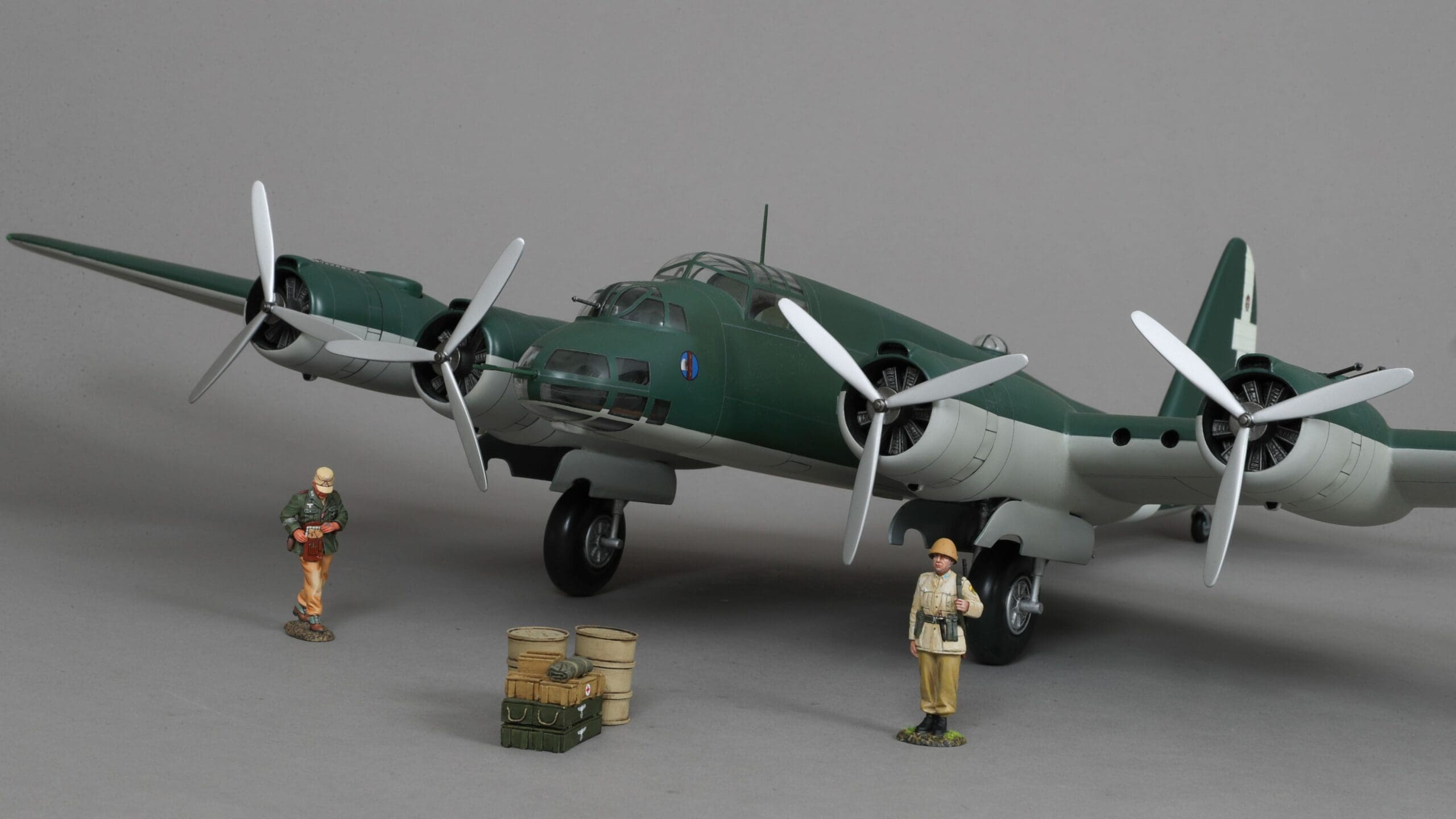
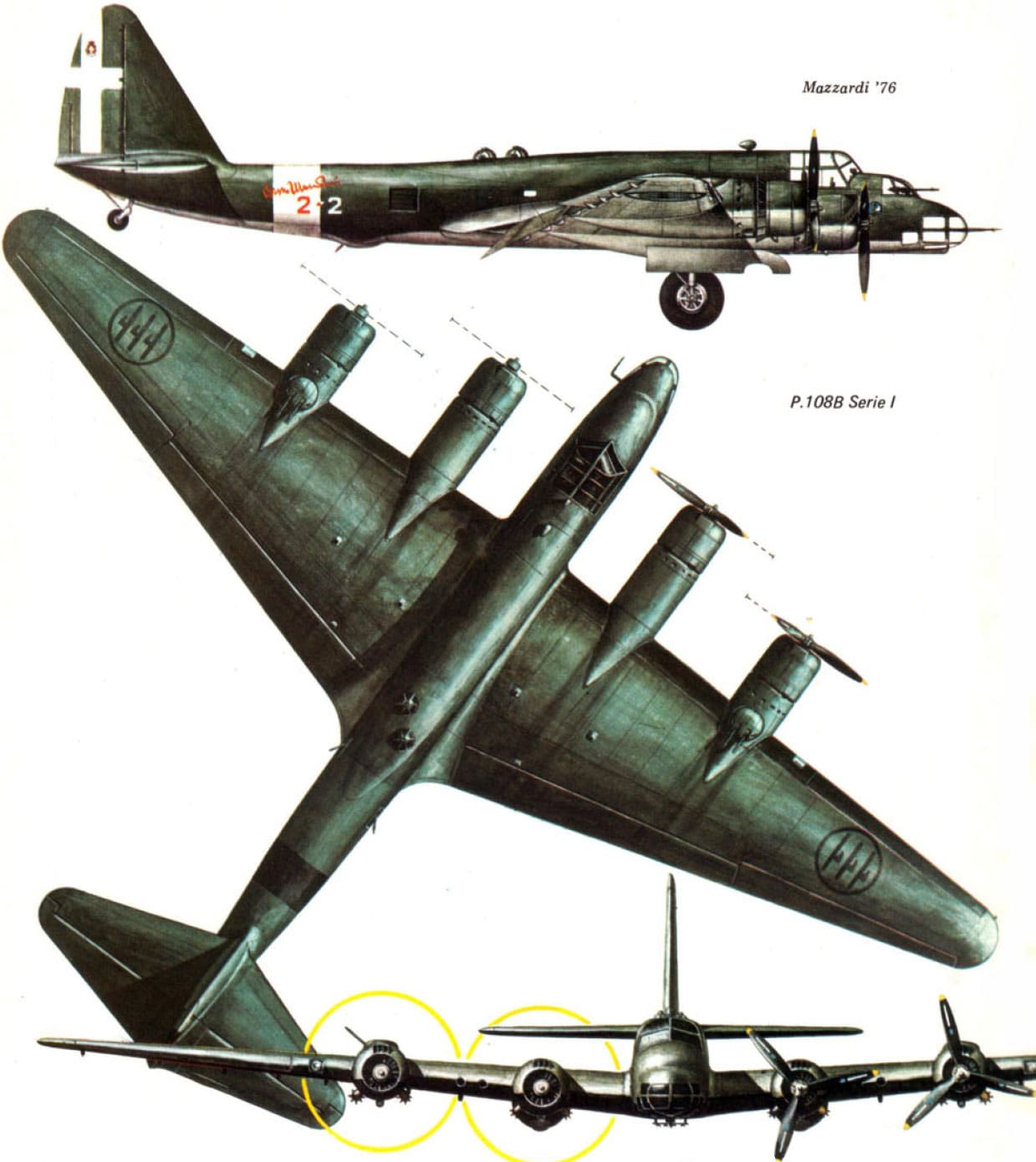
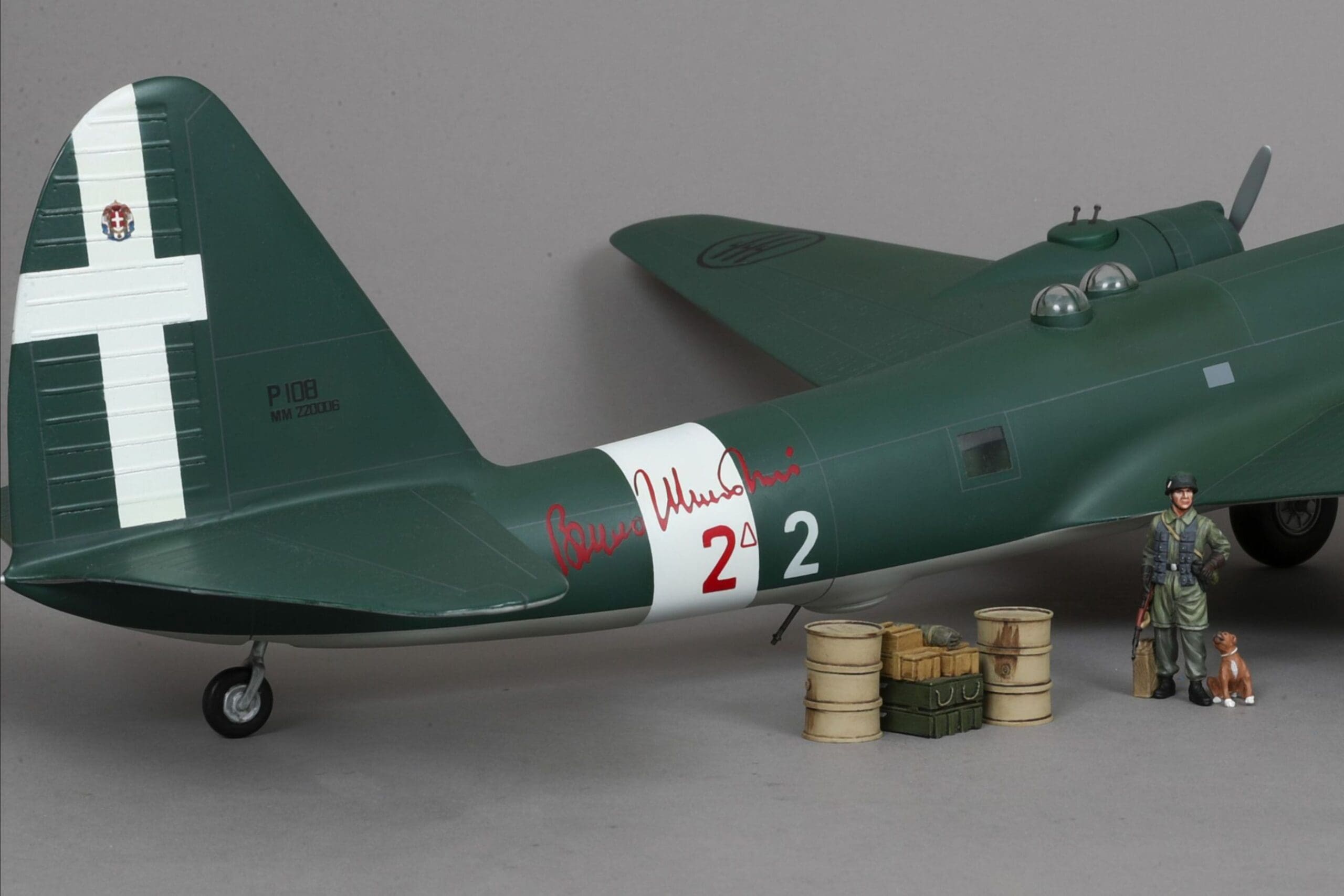
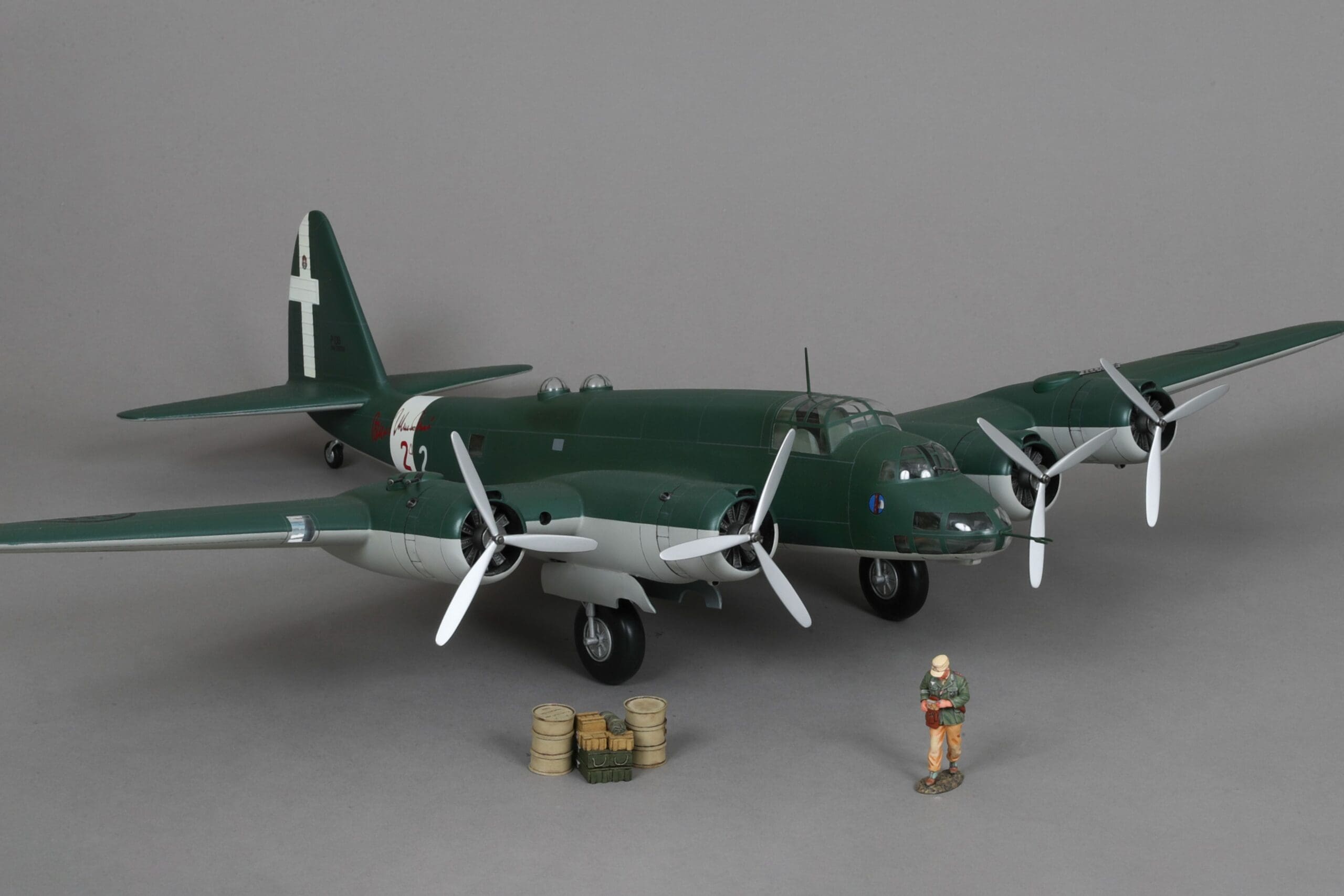
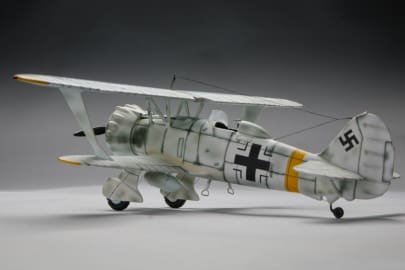
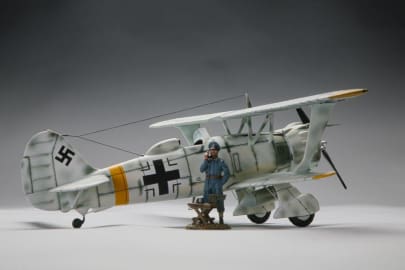
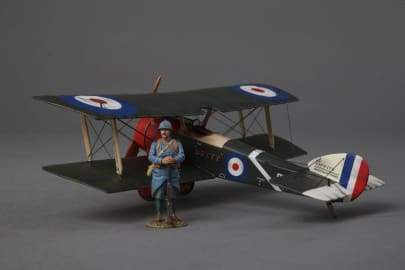
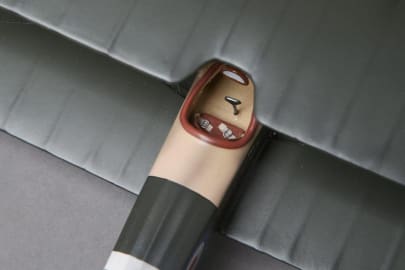
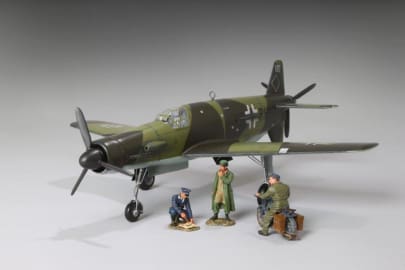
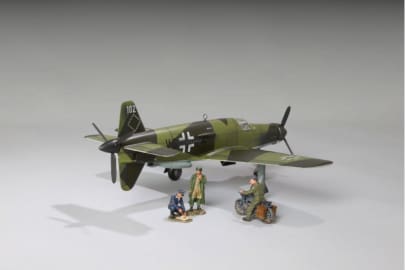
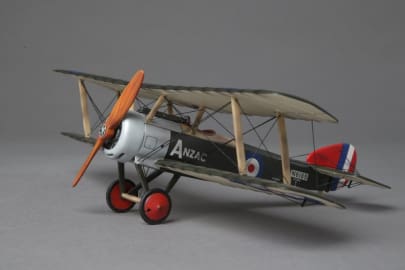
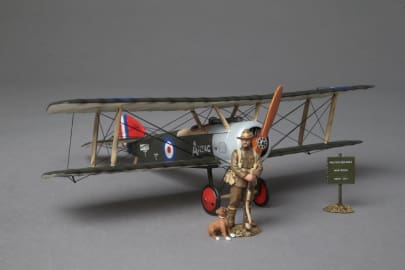
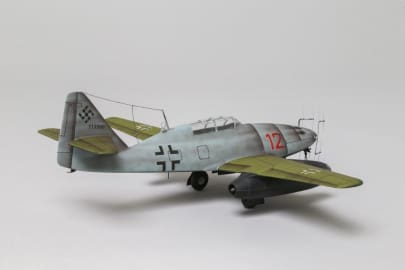
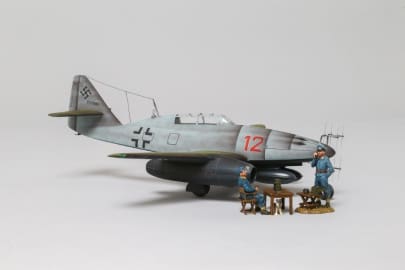
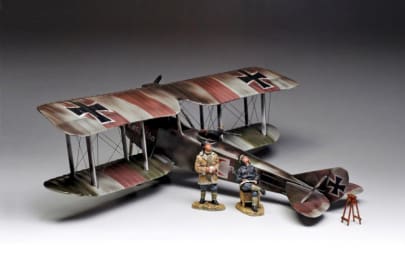
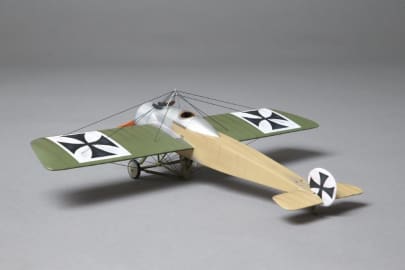
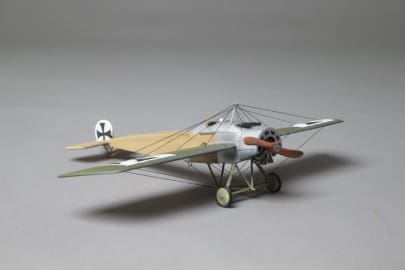
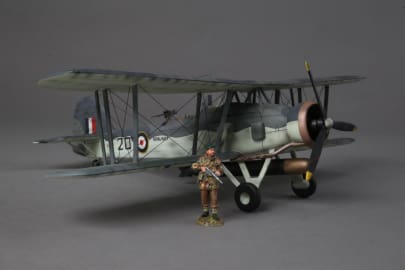
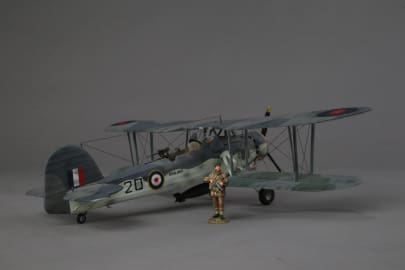
Reviews
There are no reviews yet.